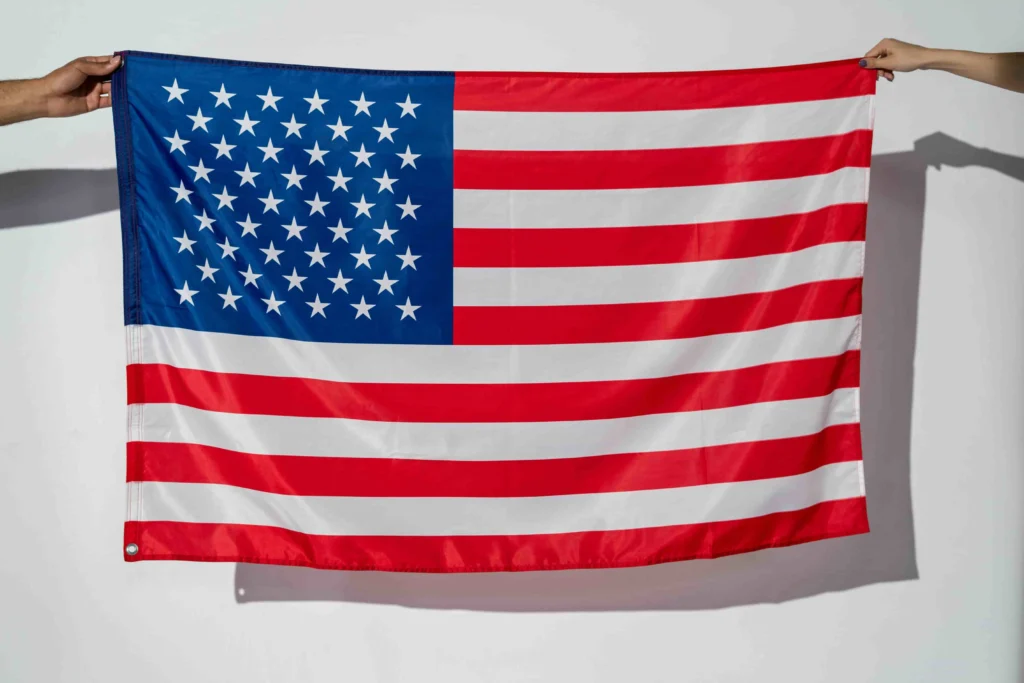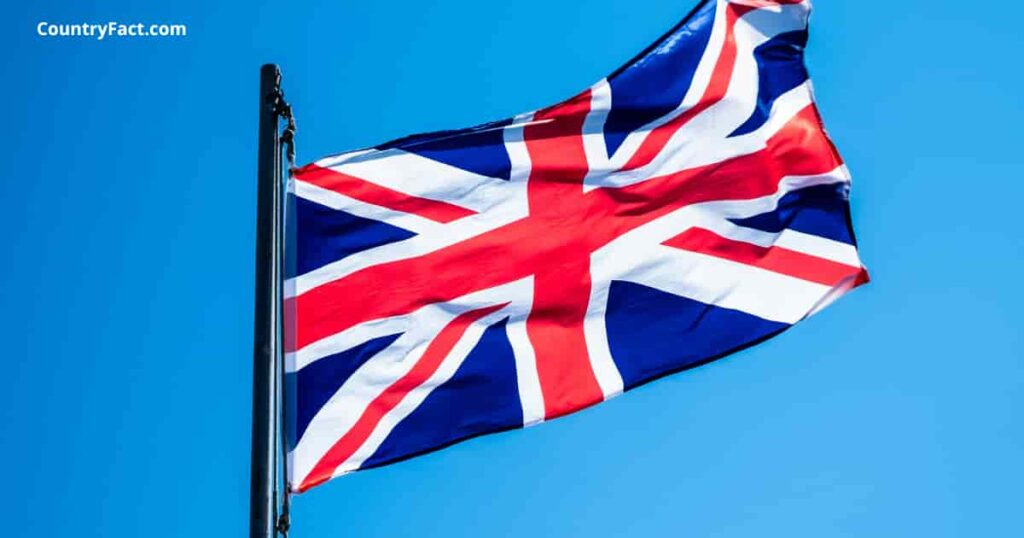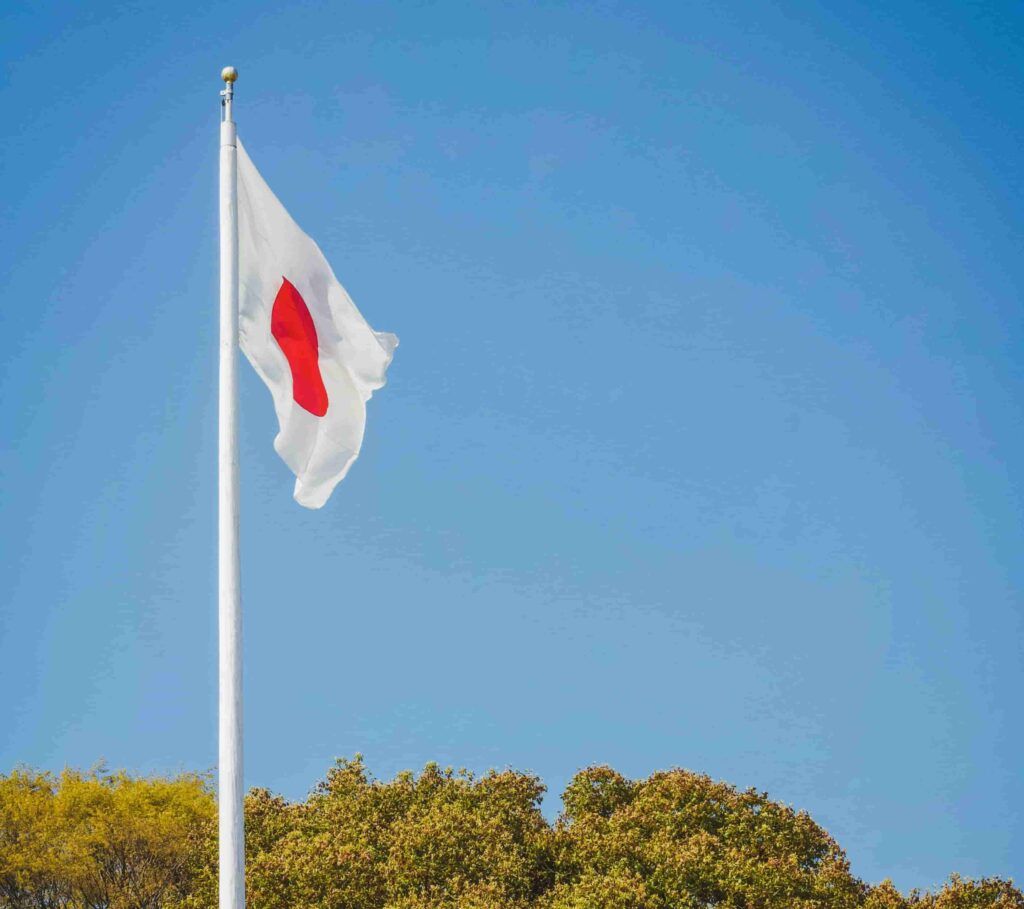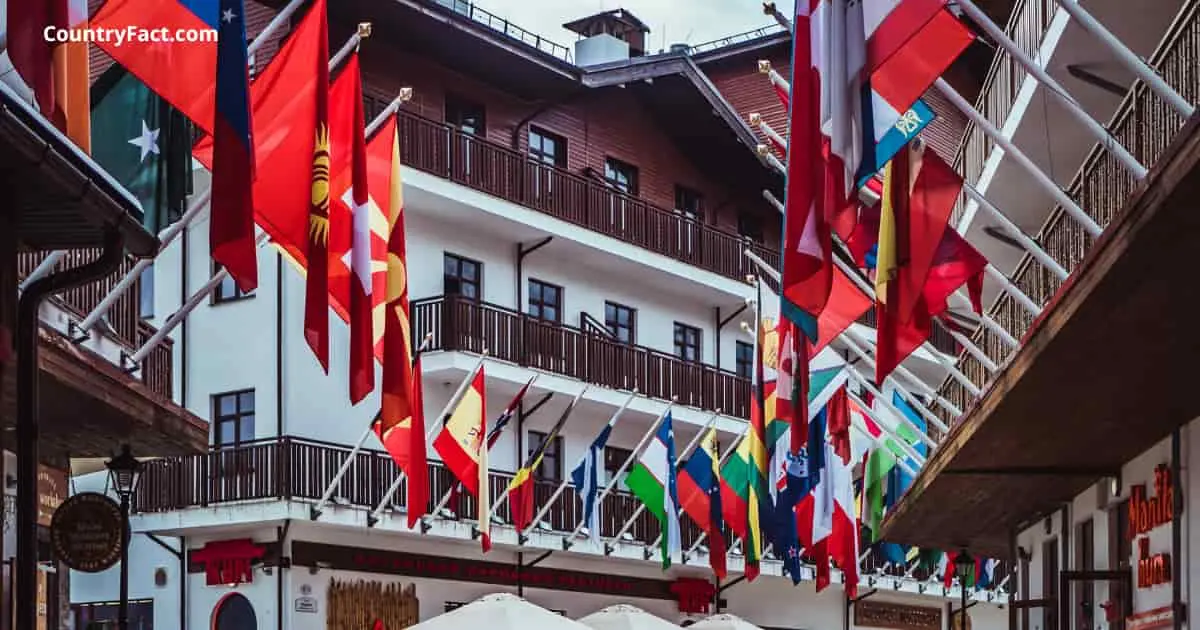The Inspiring Stories Behind Country Flags: A Symbol of Unity
Country flags are more than just pieces of cloth; they are powerful symbols of national identity, unity, and history. Every flag tells a story, representing a country’s values, culture, and historical journey. In this article, we’ll explore the origins of country flags, their evolution, and the meaning behind their colors and designs.
Table of Contents
The History of Country Flags
1. The First Flags in History
The concept of flags dates back thousands of years. The earliest recorded flags were used by ancient civilizations such as China, Rome, and Persia. These early flags, often made of wood or metal, were used for military and identification purposes.
2. Medieval Flags and Their Significance
During the Middle Ages, flags became essential in warfare and governance. Knights carried banners to distinguish themselves in battle, and kingdoms used flags to represent their territories. The use of heraldry in flags became widespread, leading to intricate designs featuring coats of arms, animals, and religious symbols.
3. The Rise of National Flags
By the 17th and 18th centuries, as nations formed and colonial empires expanded, country flags became an essential part of national identity. The Dutch, British, and French flags were among the first modern national flags, influencing many designs worldwide.
The Symbolism Behind Country Flags
Each element of a flag carries meaning. Here are some common symbols and what they represent:
- Colors:
Red :Represents bravery, revolution, or sacrifice (e.g., the United States, China, France).
Blue :Symbolizes peace, freedom, or justice (e.g., the United Nations, Greece, Sweden).
Green :Often associated with nature, agriculture, or Islam (e.g., Saudi Arabia, Brazil, Nigeria).
Yellow/Gold :Represents wealth, prosperity, or energy (e.g., Spain, Germany, Vatican City).
- Black: Can signify strength, resistance, or mourning (e.g., South Africa, Germany, Kenya).
- Shapes & Symbols:
- Stars: Found on the U.S., China, and European Union flags, stars often represent unity or guidance.
- Stripes: Used to show unity, regions, or historical events (e.g., U.S., Malaysia, Greece).
- Crosses: Symbolic in many European flags (e.g., Sweden, Denmark, the UK’s Union Jack).
- Crescents & Moons: Represent Islamic heritage and culture (e.g., Turkey, Pakistan, Algeria).
Famous Flags and Their Stories
1. The American Flag – The Stars and Stripes
The U.S. flag, first adopted in 1777, originally had 13 stars and stripes representing the original colonies. Today, the 50 stars symbolize the states, and the 13 stripes honor the nation’s early history.


2. The Union Jack – The UK’s Iconic Flag
The Union Jack combines elements from England, Scotland, and Ireland, reflecting the unity of the United Kingdom.

3. The French Tricolor – Liberty, Equality, Fraternity
France’s blue, white, and red flag emerged from the French Revolution and represents the values of liberty, equality, and fraternity.

4. Japan’s Simplicity – The Rising Sun
Japan’s flag features a red circle on a white background, symbolizing the sun and the country’s historical connection to nature and purity.

How Flags Influence National Identity
Flags are not just historical artifacts; they continue to play a significant role in shaping a country’s identity. They are used in international diplomacy, sports, protests, and celebrations. A flag can evoke pride, resistance, or unity, making it one of the most powerful national symbols.
The Evolution of Modern Flags
As globalization continues, the designs and meanings of national flags evolve. Some countries have redesigned their flags to better reflect their diverse cultures, independence, or political changes. For example, South Africa adopted a new flag in 1994 to symbolize unity after apartheid, while Canada introduced its iconic maple leaf flag in 1965 to establish a distinct national identity. These changes show that flags are living symbols, adapting to the historical and cultural shifts of their nations.
Conclusion
From ancient battlefields to modern diplomacy, country flags have evolved to become vital symbols of heritage, culture, and national pride. Understanding the history and meaning behind these flags offers a deeper appreciation of global traditions and unity.


